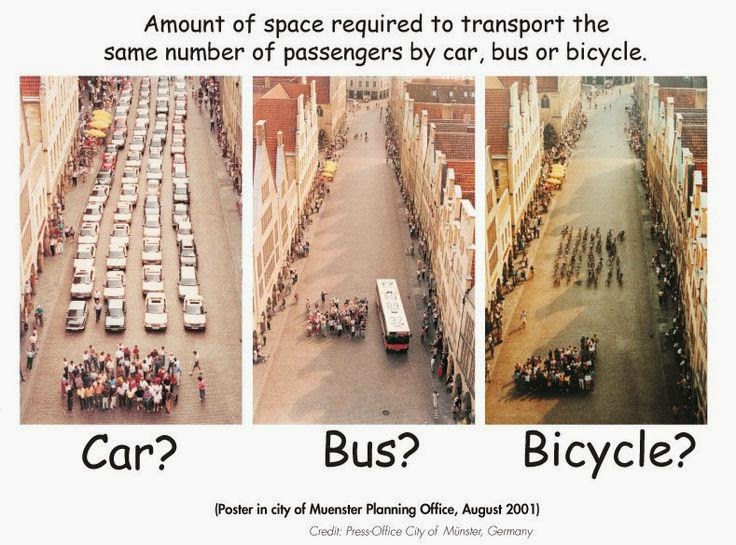What do women want?
You weren't expecting to read that on this blog, were you?
OK, so what do men want?
Although I am one of the few people who can plausibly answer both questions (!), this blog is not the place to do it. After all, this is a family blog. (ha, ha) For that matter, I'm not so sure I could--or would want to--answer either or both on my other blog.
So I'll stick to a sort-of related question: What do cyclists want?
Please, please leave your answers to that in my comments section. I don't want to prejudice you one way or another, but I think the San Luis Obispo County Bicycle Coalition came up with a very credible and useful answer. Two years ago, 30 percent of SLOBC members said they wanted more bicycle education. That was, by far, the most common response.

I will not argue against that. SLOBC idenitified some obvious venues for bicycle safety education, including schools. They also seem to have some innovative ideas about accomplishing their goal, such as making bicycle safety education a family endeavor. That makes sense when you realize that the county--perhaps best known for its wines (Among California counties, only Sonoma and Napa produce more.) and San Simeon, the home of Hearst Castle--is mainly rural and suburban. In fact, one of the stated goals of the Coalition's bicycle education is to help give more moms the confidence to ride with their kids in the park.
The other policies and ideas mentioned are all laudable and practical. But I think that it leaves out one element that, to be fair, almost no one else (at least in the US) addresses: educating motorists and other members of the public about cycling and cyclists. As I have argued in other posts on this blog, the understanding drivers have of cyclists is what makes cycling in much of Europe safer than it is here. Also, one doesn't find, on right side of the Atlantic, the sort of antagonism between cyclists and motorists that scares many Americans off cycling to work and leads to the angry diatribes against cyclists one often hears and reads in American media.
If anyone from SLOBC is reading this, I don't want to seem overly critical. It seems like you are doing a lot to make your communities more bike-friendly. And, I want to add that I haven't been there in a long time, but I recall much of SLO county as being quite lovely and having some of the best cycling in America.
You weren't expecting to read that on this blog, were you?
OK, so what do men want?
Although I am one of the few people who can plausibly answer both questions (!), this blog is not the place to do it. After all, this is a family blog. (ha, ha) For that matter, I'm not so sure I could--or would want to--answer either or both on my other blog.
So I'll stick to a sort-of related question: What do cyclists want?
Please, please leave your answers to that in my comments section. I don't want to prejudice you one way or another, but I think the San Luis Obispo County Bicycle Coalition came up with a very credible and useful answer. Two years ago, 30 percent of SLOBC members said they wanted more bicycle education. That was, by far, the most common response.
I will not argue against that. SLOBC idenitified some obvious venues for bicycle safety education, including schools. They also seem to have some innovative ideas about accomplishing their goal, such as making bicycle safety education a family endeavor. That makes sense when you realize that the county--perhaps best known for its wines (Among California counties, only Sonoma and Napa produce more.) and San Simeon, the home of Hearst Castle--is mainly rural and suburban. In fact, one of the stated goals of the Coalition's bicycle education is to help give more moms the confidence to ride with their kids in the park.
The other policies and ideas mentioned are all laudable and practical. But I think that it leaves out one element that, to be fair, almost no one else (at least in the US) addresses: educating motorists and other members of the public about cycling and cyclists. As I have argued in other posts on this blog, the understanding drivers have of cyclists is what makes cycling in much of Europe safer than it is here. Also, one doesn't find, on right side of the Atlantic, the sort of antagonism between cyclists and motorists that scares many Americans off cycling to work and leads to the angry diatribes against cyclists one often hears and reads in American media.
If anyone from SLOBC is reading this, I don't want to seem overly critical. It seems like you are doing a lot to make your communities more bike-friendly. And, I want to add that I haven't been there in a long time, but I recall much of SLO county as being quite lovely and having some of the best cycling in America.

